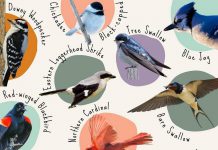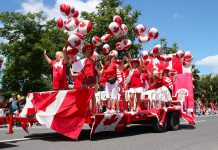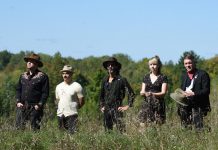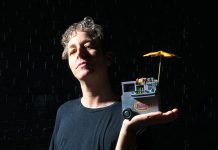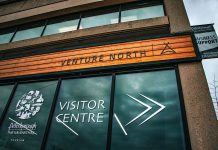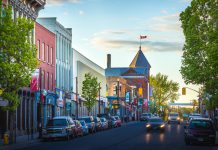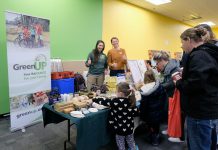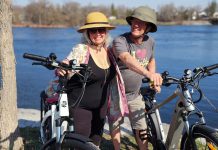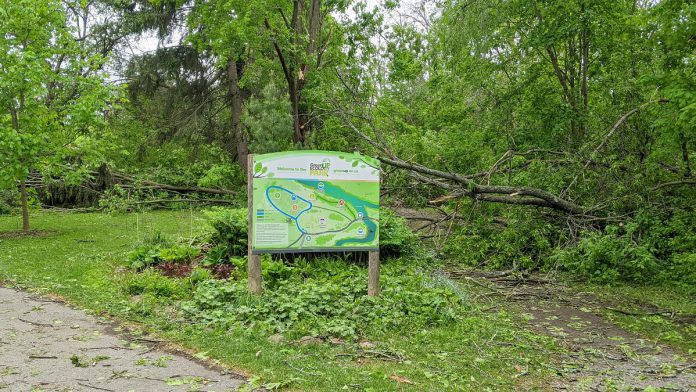
In the last few years, I feel like the transition from May to June has taken on important significance.
We are marking the two-year anniversaries of the murder of George Floyd and the police-involved death of Regis Korchinski-Paquet. One year ago, the remains of 215 children were confirmed at the Kamloops Indian Residential School and, since then, many similar confirmations have been made across Canada. One year ago, there was a racist, pre-meditated attack motivated by Islamophobia in London, Ontario.
This year, we are recovering from that devastating storm and a provincial election that included hateful acts targeted at political leaders in downtown Peterborough.
This seems like an important time of year for healing, for truth, and for coming together as a community.
I’d like to share two reflections I am carrying for myself to recognize the need for both healing and also ongoing awareness for truth and history as we move forward.
Truth and reconciliation
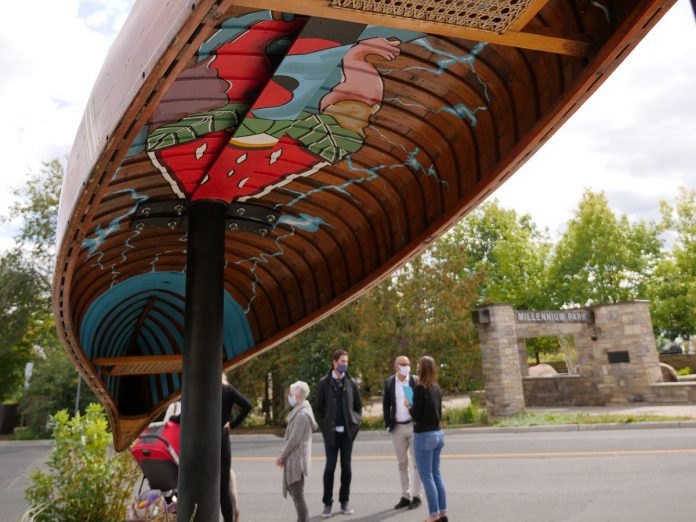
June is National Indigenous History Month and Tuesday, June 21st — also the summer solstice this year — is commemorated as National Indigenous Peoples Day. The goal of these federal initiatives is to take time to recognize the history, heritage, resilience, diverse cultures, and outstanding achievements of First Nations, Inuit, and Métis peoples across Canada.
Last year around this time, Sara Crouthers and I shared a “Summer Listening List” in the GreenUP column. That list included several important (and joyful as well as challenging) resources for listening and learning in support of truth and reconciliation.
In particular, Michi Saagiig Nishnaabeg: This is Our Territory is an oral history of the Michi Saagiig Nisnaabeg recounted by by Gidigaa Migizi (Doug Williams) of Curve Lake First Nation. I also appreciate re-listening to my audiobook of 21 Things You May Not Know About the Indian Act: Helping Canadians Make Reconciliation with Indigenous Peoples a Reality by Robert Joseph.
As I mourn the recent death of author and activist Lee Maracle, I’m also revisiting the REDTalk that featured her and others sharing reflections on how the pandemic offers opportunities to reconnect with the ecology of Indigenous values and step towards living in balance with all living beings. You can find it below, and other REDTalks by visiting redskyperformance.com/redtalks/.
VIDEO: REDTalks – Wisdom Keeper Series with Senator Murray Sinclair and Lee Maracle
Last, but certainly not least, my kids and I are constantly re-discovering the activities in the TRACKS Activity Books created by the Trent Aboriginal Cultural Knowledge and Science Program.
And, to inform discussions with my kids, I am also revisiting the list of books and other resources provided by Nichol Stamp in How to discuss injustice toward Indigenous Peoples with your children, age 0-8. This is a short, easy-to-read blog post that offers age-appropriate family learning at its best when we need it most.
Racism and environmentalism
As we approach International Trails Day on June 4 and World Environment Day on June 5, it is important to reflect on how environmentalism has and continues to be connected with racism.
The early roots of the environmental movement in the 1800s are intimately connected to white male authority figures who created the pseudo-scientific foundation for white supremacy. In his book The Wizard and The Prophet, Charles C. Mann points out that many of the early white male leaders of the environmental movement “found little difference between protecting forests and cleaning up the human gene pool.”
Environmental racism describes the systems that reserve environmental privileges and exploitation for predominantly white communities, while pushing environmental contamination and damaging consequences into predominantly BIPOC communities.
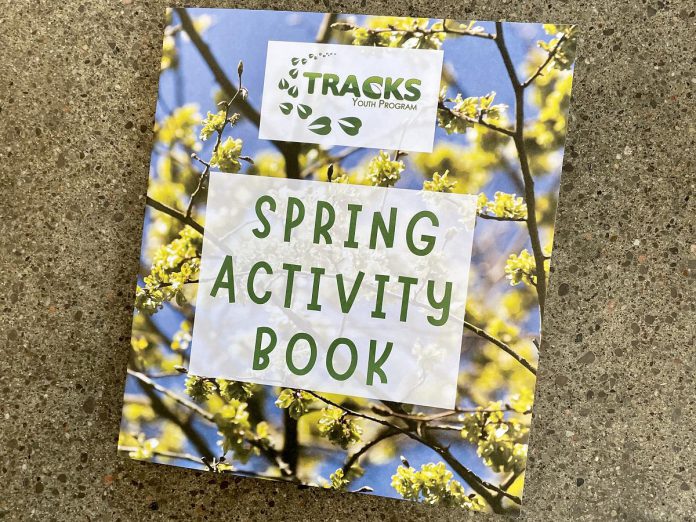
Environmental racism continues today. Recent examples include: the ongoing lack of clean drinking water in First Nations communities across the country, including Curve Lake First Nation here in Peterborough; how the Peguis First Nation in Manitoba was displaced from prime farmland and in their current location they experience devastating flooding each year; and how pipelines and mining projects continue to be built on unceded Indigenous land and without consultation and consent.
Climate action isn’t only about the urgent need to reduce emissions. Just as COVID-19 hit hardest amongst racialized groups and the most vulnerable parts of our communities, so too climate change and environmental racism will continue to adversely impact racialized groups unless we build a more equitable society based in environmental justice.
That is why it is important we all learn about the United Nations Sustainable Development Goals. These goals are meant to be applied to our local situations such that we create communities that are not only sustainable and healthy but also equitable.
From 2019 to 2021, a local community forum coordinated by the Kawartha World Issues Centre and GreenUP identified five of the 17 Sustainable Development Goals as priorities for our region: eradicating poverty, quality education, clean water and sanitation, and climate action.
The fifth sustainable development goal, prioritizing Indigenous leadership, was chosen by our community to frame and lead the other four priority action areas.
Maybe there’s something symbolic about this time of year becoming associated with a renewed need for truth, history, and healing. Maybe the long days and bright sunshine are shining a light on the work we need to be doing together. This month, and every month, please actively seek out voices that advocate for diversity, inclusion, and equity in environmentalism.
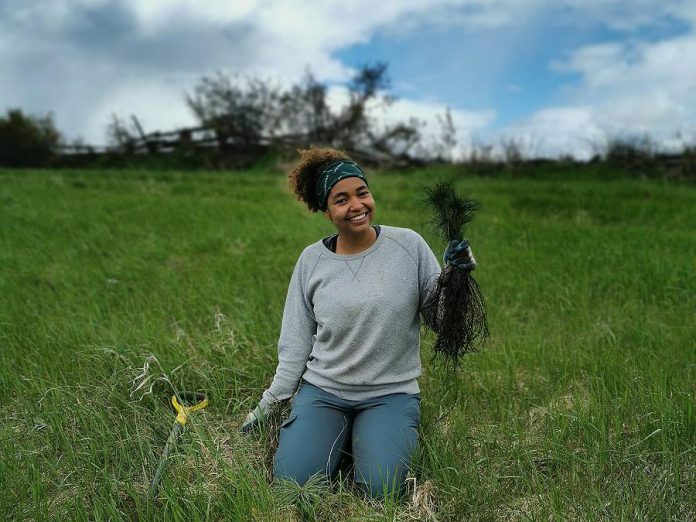
Here are some resources to consider:
- Diverse Nature Collective at www.diversenaturecollective.com.
- The National Centre for Truth and Reconciliation has an education page with resources for youth and adults at nctr.ca/education/.
- The Legacy of Hope Foundation website offers videos of residential school survivor sharing their stories, and many other resources, at legacyofhope.ca/wherearethechildren/stories/.
- The free online course, Indigenous Canada, offered through the University of Alberta at www.ualberta.ca/admissions-programs/online-courses/indigenous-canada/.
- A special program in honour of Earth Week 2022 from the Noor Cultural Centre in Toronto, called “All Our Relations” and “Communities Like You”: An Anishinaabe-Muslim Conversation on Conceptualizing Human and Other-Than-Human Relationships, at oorculturalcentre.ca/all-our-relations-and-communities-like-you-an-anishinaabe-muslim-conversation/.
- If you want to learn more about environmental justice, visit www.intersectionalenvironmentalist.com.




